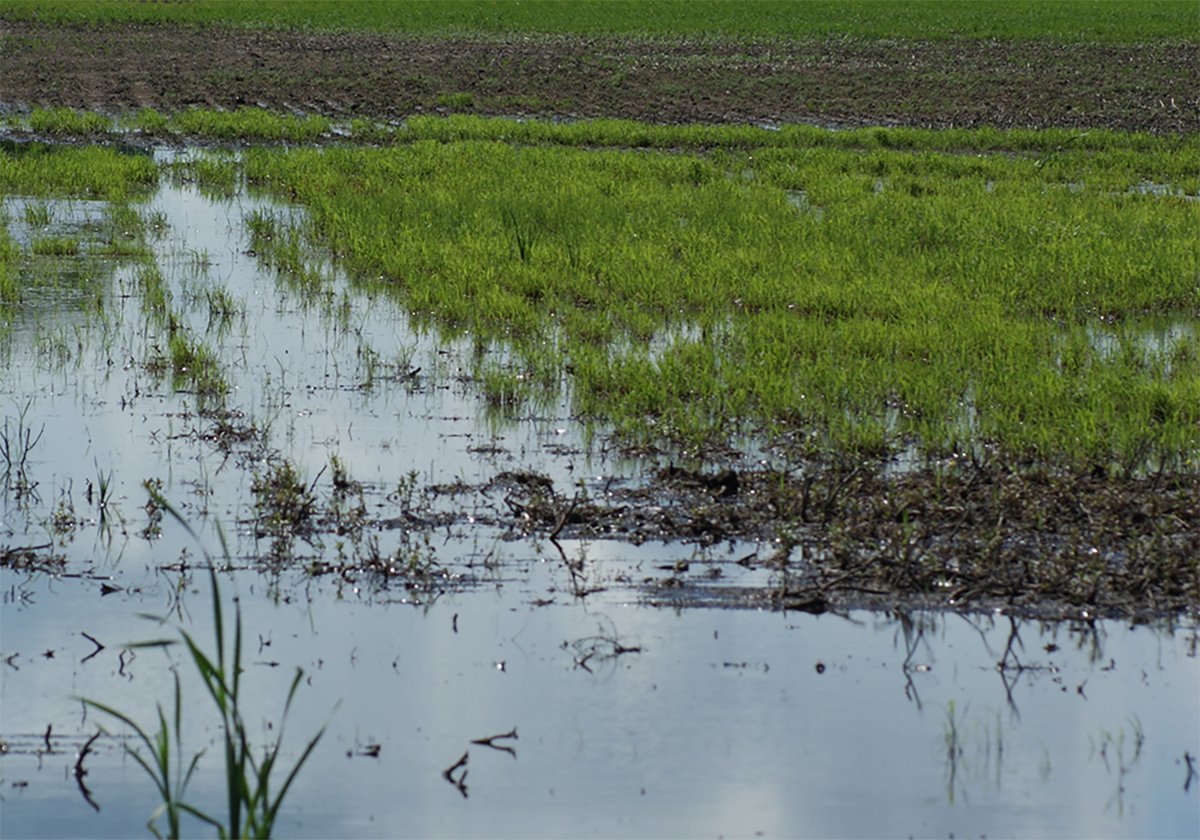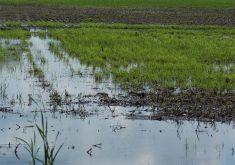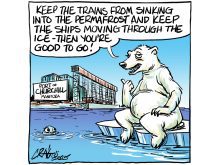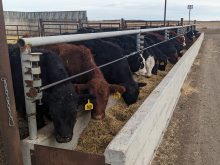Since the dawn of time, man and beast have devoted considerable energies to the procurement of food.
Abundance of food allowed the development of large and complex human civilizations, and often arose in areas where agriculture and livestock domestication was the easiest to develop.
Nowadays, mechanization and modern agricultural practices mean that relatively few people are directly involved in making food. For many of us, a trip to the grocery store is all that is necessary to put nourishment on the table.
From these humble beginnings, we have evolved into a society where food is not only readily available, but is expected to be cheaply priced.
Read Also

Topsy-turvy precipitation this year challenges crop predictions
Rainfall can vary dramatically over a short distance. Precipitation maps can’t catch all the deviations, but they do provide a broad perspective.
In order to supply consumers and the international community with an inexpensive food supply, we have relied on strategies that produce food cheaply.
However, in an effort to keep feed costs to a minimum, waste ruminant protein was fed to our cattle until 1997. We are still feeding high-risk cattle protein to pigs and chickens. These animals may themselves be rendered into protein sources that are fed to cattle.
So here we are in the middle of a BSE crisis and the future is anything but certain.
It does seem likely that our beef industry will be reduced by two to three million head of the approximately 14 million in Canada.
Current policies have encouraged development of large farms and an agricultural industry largely oriented to supplying export markets. More acres under cultivation means more grain can be sold. Sloughs have been drained and bush has been pushed, resulting in less habitat diversity and its inherent problems.
A study reported in the Jan. 8 edition of the journal Nature says that climate change could cause the extinction of more than one million species of plants and animals in the next 50 years. The situation could be exacerbated by agricultural habitat destruction and invasive species.
Large-scale agriculture has also led to problems with waste management. Are we harming our environment to put inexpensive beef in a marketplace where politics rather than scientific data are the rule?
Far greater than the risk of BSE is the risk of Canadians dying from food- and water-borne illnesses such as salmonella, E. coli and crytosporidia.
Consider the dairy or poultry industries where quotas are the rule. Could our beef industry follow suit?
If we produced enough beef only for Canadians, would consumers be willing to pay more if it was done in an environmentally sustainable fashion?
The costs of clean operations and environmental sustainability are more than that of current practices. Would consumers be willing to pay two to three times as much for their beef?
Inevitably, we will all pay the cost of production, either at the grocery store or by environmental cleanup using our tax dollars. Or maybe we’ll leave that legacy to our kids.
BSE is a wake-up call.
Only through sustainable agricultural practices and awareness of consumer concerns will all of us be able to profit in the long run.
Daryl Meger is a veterinarian in a mixed animal practice in Westlock, Alta. The views expressed in this column are not necessarily those of the Western Producer.














